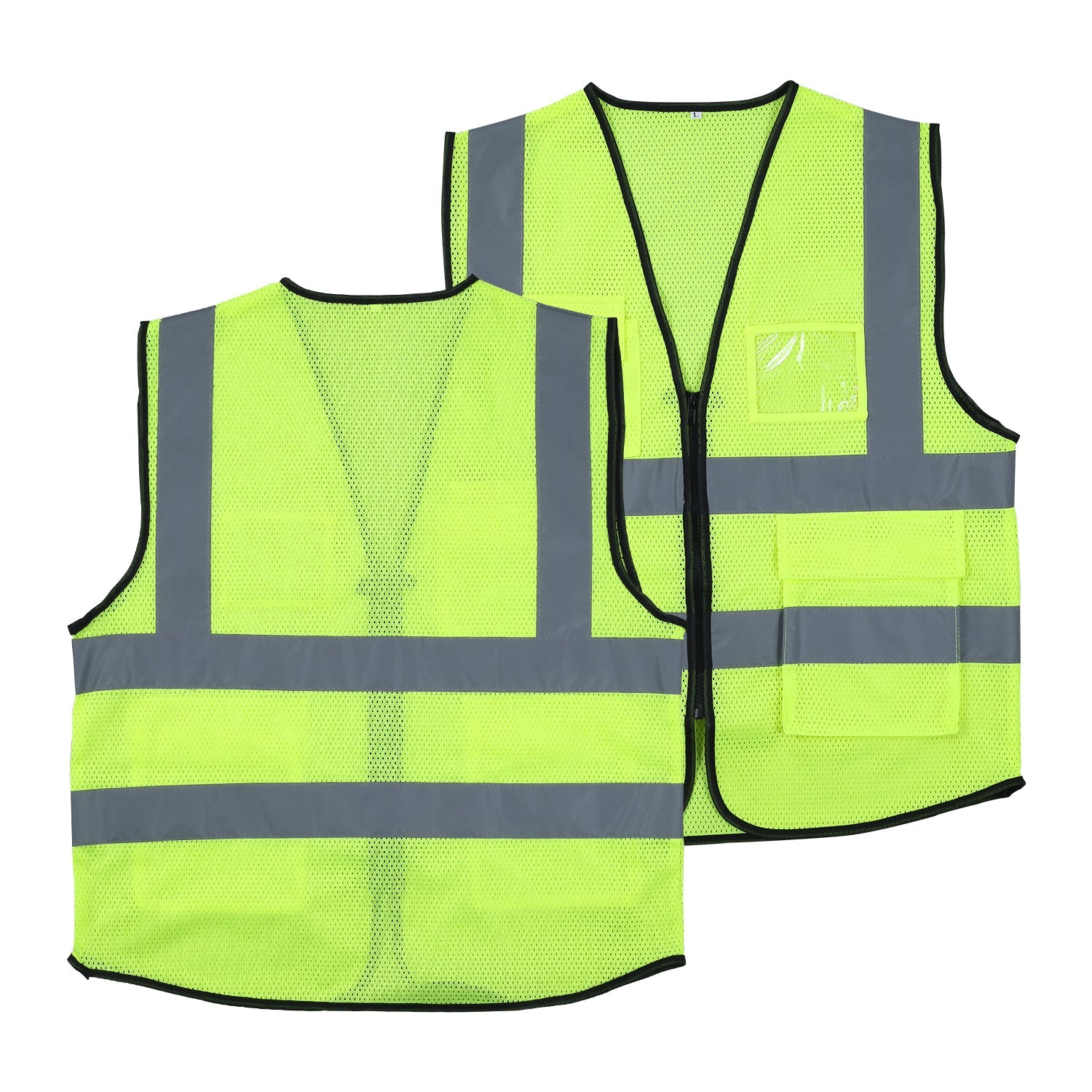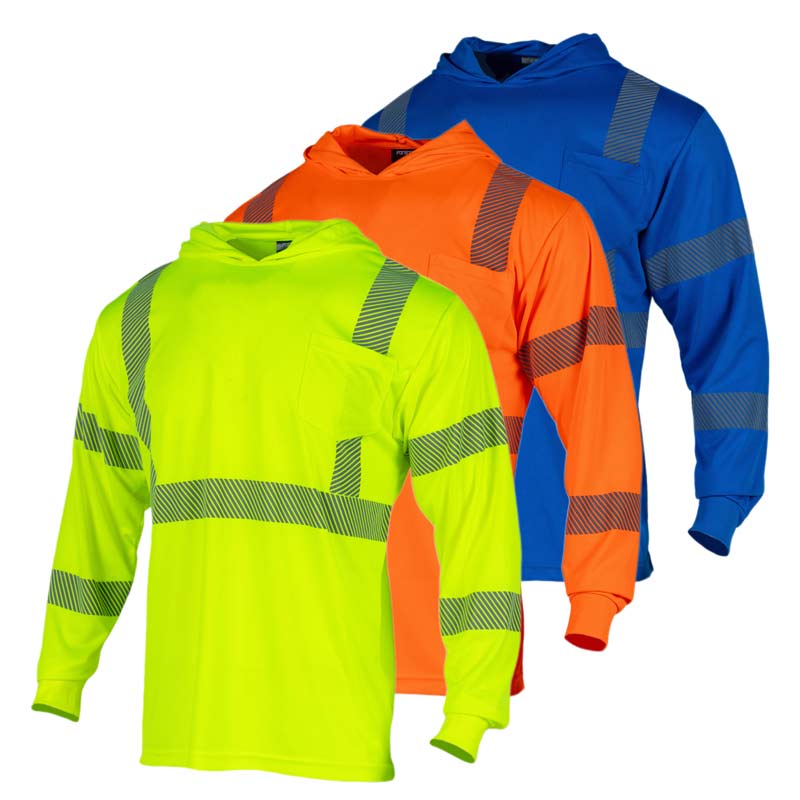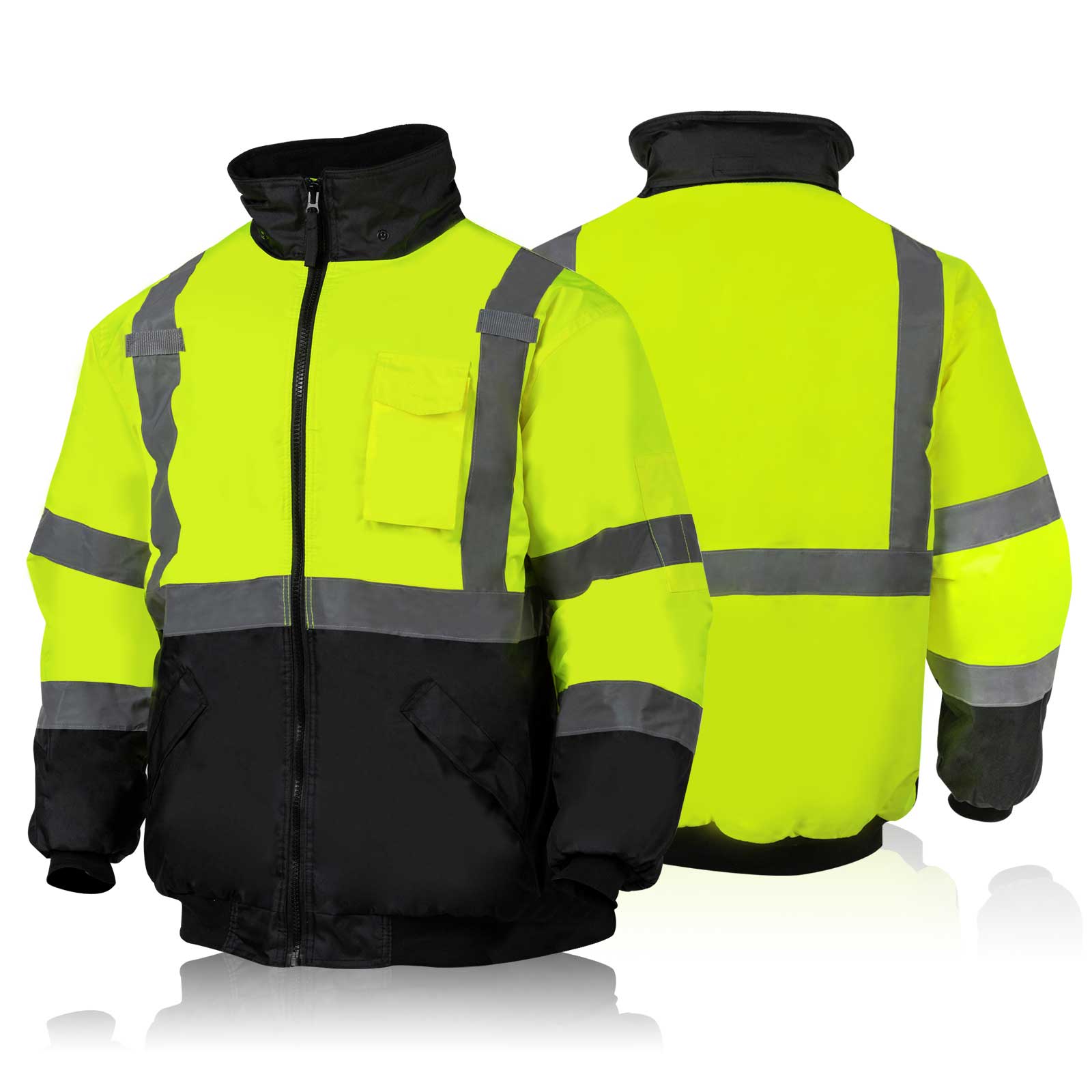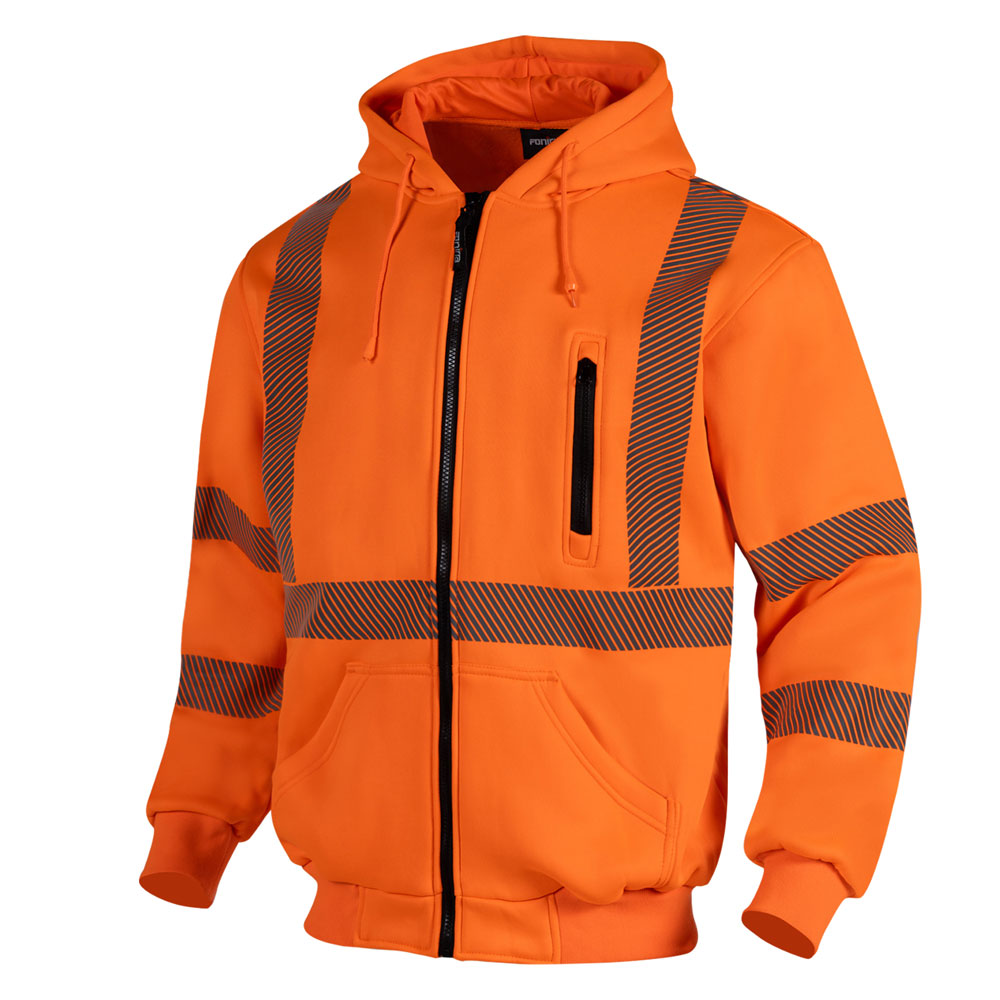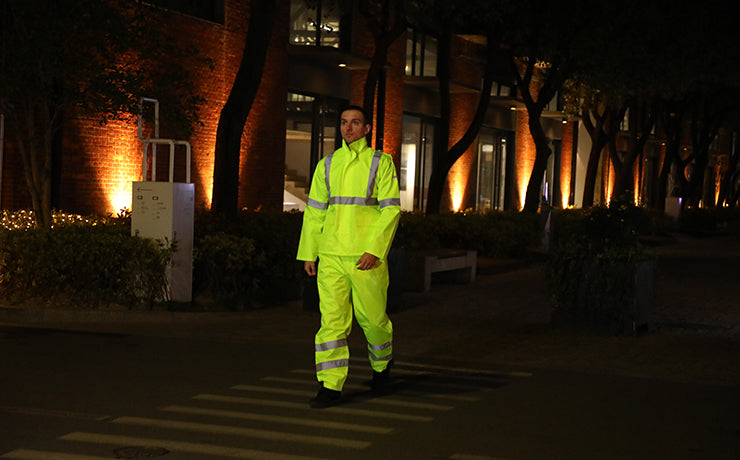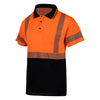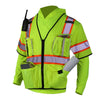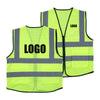Waterproof vs Water Resistant Work Clothes: Which one is worth the investment?
Navigating through the vast variety of work clothes available in the market can be daunting, especially when it comes to choosing the right type of protection against the elements. For jobs that require you to face the weather head-on, it's crucial to understand the difference between waterproof and water-resistant clothes.
Investing wisely can mean the difference between staying dry and comfortable or ending up soaked and miserable. In this article, we'll explore the nuances between these two types of garments to help you make an informed decision.
What are Waterproof Work Clothes?
Waterproof work clothes offer complete protection against water, ensuring that no moisture penetrates through the fabric.
These clothes are typically made from waterproof materials like GORE-TEX or rubber, which are designed to keep you dry even in heavy rain. Waterproof jackets, for instance, come with a waterproof rating indicating the level of water protection they provide.
The higher the rating, the longer the jacket can withstand rain without letting water seep through. Waterproof gear, such as rain gear and waterproof jackets, is a staple for professions that require extended exposure to wet conditions.
What are Water-Resistant Work Clothes?
On the other hand, water-resistant work clothes are designed to handle light rain and occasional splashes but may not hold up well under prolonged exposure to water. A water-resistant jacket offers protection by using tightly woven fabrics and treatments such as durable water-repellent (DWR) coatings.
Water-resistant materials, like polyester, can repel water to some extent but don't guarantee complete protection. Water-resistant jackets are usually lighter and more breathable compared to their waterproof counterparts and are suitable for activities where you might encounter occasional drizzles.
Waterproof vs Water Resistant Work Clothes
What's the difference between waterproof and water-resistant materials? Let's find out.
1. Protection
When comparing waterproof vs water-resistant clothes, the level of water protection is the most evident difference.
Waterproof jackets and gear provide complete protection and are ideal for professions like fishing, construction work in rainy climates, or outdoor guiding.
In contrast, water-resistant jackets are more suitable for light outdoor activities or jobs where heavy rain is not a constant concern.

2. Breathability
The level of water resistance or waterproofing can significantly impact the breathability of the garment.
Waterproof materials may sometimes lead to sweating and discomfort, especially if not designed with ventilation features.
Water-resistant materials, being lighter, often allow for better airflow, making them more comfortable during mild weather conditions.

3. Durability
Both waterproof and water-resistant work clothes can be durable, depending on the quality of the materials used. Regular maintenance and proper care can extend the life of both types of clothing.
Tightly woven fabrics and durable water-repellent coatings in water-resistant clothes may wear off over time but can be reapplied to maintain water resistance.

4. Cost
Waterproof jackets and gear may come with a higher initial price tag due to the promise of complete protection against water.
However, considering the long-term value and the level of protection they offer, it can be a worthy investment for certain professions.
Water-resistant jackets are generally more affordable and can be cost-effective for jobs with minimal water exposure.
5. Mobility and Comfort
The type of protection also influences the garment's flexibility and ease of movement.
Waterproof materials might be heavier, potentially restricting mobility, while water-resistant jackets are usually lighter and offer more freedom of movement.
Jobs that require quick and agile responses, like event planning or courier services, might benefit more from water-resistant clothing.
Factors to Consider When Making a Choice
Deciding between a waterproof jacket and water-resistant garments requires considering several factors to ensure your choice aligns with your needs.
1. Nature of Work
The first factor to consider is the nature of your work and the extent of exposure to water. Jobs that involve prolonged exposure to heavy rain, such as construction work or fishing, may necessitate a waterproof jacket made of materials like GORE-TEX with sealed seams. Much like GORE-TEX, certain Oxford fabrics will provide waterproofing as well.
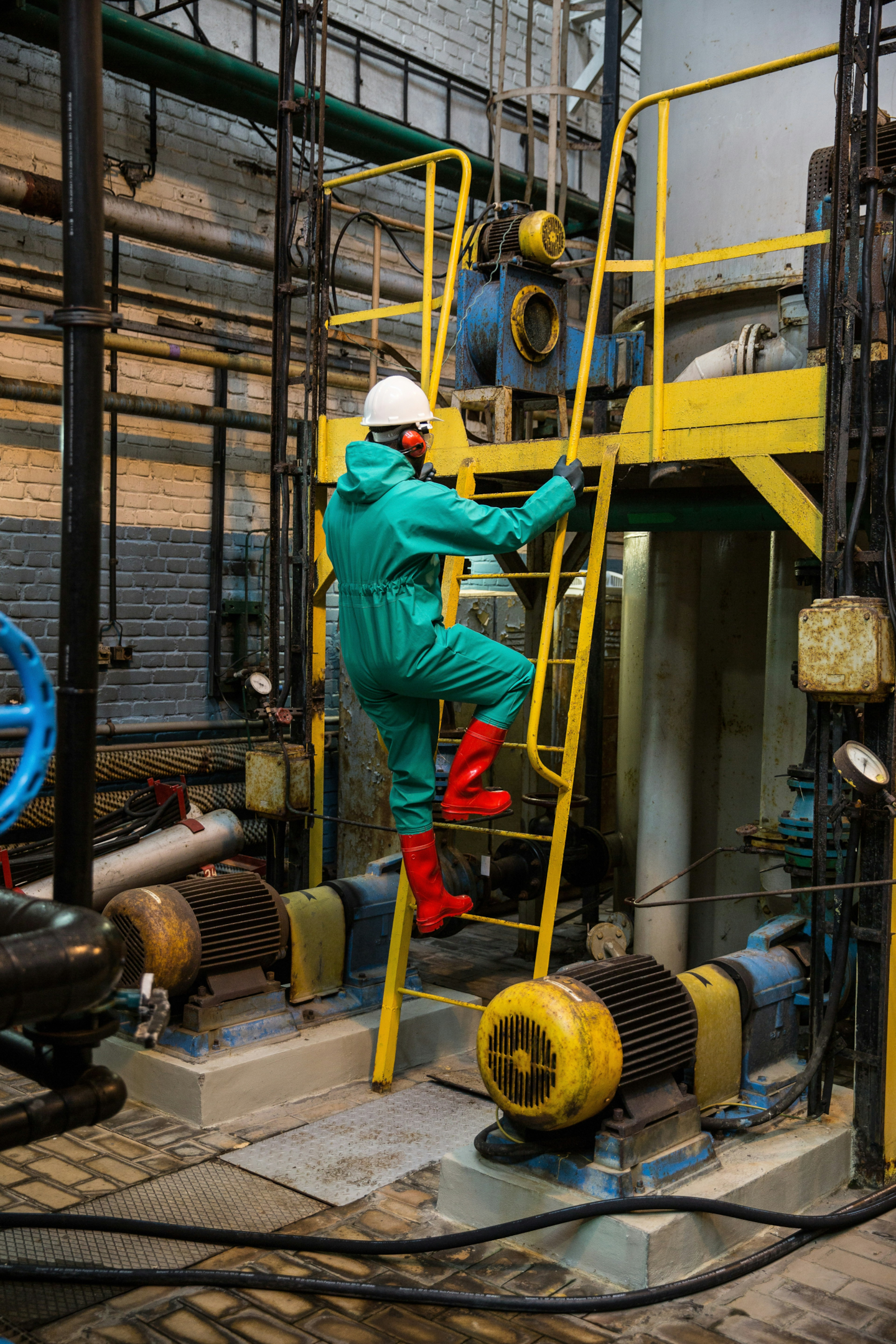
On the other hand, jobs where you face occasional light rain or splashes might only require water-resistant garments made from tightly woven fabric treated with a water-repellant, which causes water beads to roll off the surface.
2. Climate and Weather Conditions
Consider the typical weather conditions at your work location.
In climates prone to persistent heavy rain, a waterproof jacket with taped seams would be beneficial, ensuring that water doesn't seep through.
On the contrary, in milder climates with occasional drizzles, water-resistant material may suffice.
3. Budget
Evaluate whether the investment aligns with your budget, keeping long-term benefits in mind.
While a waterproof jacket with waterproof material and sealed seams may have a higher upfront cost, it can be a worthwhile investment for constant exposure to wet conditions. Waterproof GORE-TEX materials are great, but they are especially more expensive than other waterproof materials. In most cases, Oxford materials will keep moisture away just the same. We have a waterproof hivis jacket in our store that comes at a fraction of the price.
Water-resistant garments, typically less expensive, can be a cost-effective option for occasional use. If your workplace and climate allow it, you can go with a more budget-friendly water-resistant jacket instead.
4. Personal Comfort Preferences
Lastly, don't forget to consider personal preferences regarding breathability, style, and fit.
While a waterproof jacket may offer maximum protection, it may sometimes feel like wearing a plastic bag if it doesn't allow for air circulation.
Water-resistant garments, with their breathable and lightweight features, may provide a comfortable middle ground without compromising on style.
Maintenance and Care
Proper maintenance and care are essential to ensure that your waterproof and water-resistant clothes continue to serve their purpose effectively while maximizing their lifespan.

Here are some tips and instructions on how to keep these garments in top-notch condition:
Cleaning
-
Gentle Washing: Both waterproof and water-resistant clothes should be cleaned gently. Use a mild detergent and avoid fabric softeners, as they can clog the pores of the fabric, affecting its water repellency.
-
Hand or Machine Wash: While hand washing is preferred for delicate garments if you're using a washing machine, opt for a gentle cycle. Ensure all zippers and Velcro fastenings are closed to prevent snagging.
Drying
-
Air Dry: After washing, allow the garments to air dry. Lay them out flat or hang them in a well-ventilated area away from direct sunlight or high heat, as excessive heat can damage the waterproof material.
-
Tumble Dry: Some waterproof garments can be tumble-dried on low heat to reactivate the durable water-repellent (DWR) coating. Always check the care label before doing so.
Reapplying Water-Repellent Coatings
-
Check Regularly: Over time, the water repellency of a garment can wear off, evident when water no longer beads on the surface. When this happens, it may be time to reapply a DWR coating.
-
Spray or Wash-in Products: DWR coatings can be reapplied using spray-on or wash-in products available at outdoor gear stores. Follow the instructions on the product carefully.
-
Test the Coating: After the reapplication has dried, you can test its effectiveness by sprinkling some water on the garment. If the water beads up and rolls off, the treatment has been successful.
Conclusion
Making the right choice between waterproof and water-resistant work clothes is crucial, taking into account your work conditions, climate, budget, and personal comfort.
One such exemplary choice could be the Fonirra JK45 ANSI Class 3 Rain Waterproof Winter Safety Hi Vis Jacket, which seamlessly blends functionality and style.
By thoughtfully considering your needs and exploring options like Fonirra, you can ensure that your investment not only keeps you dry and comfortable but also enhances your visibility and safety, regardless of the weather.
-
Posted in
water resistant

